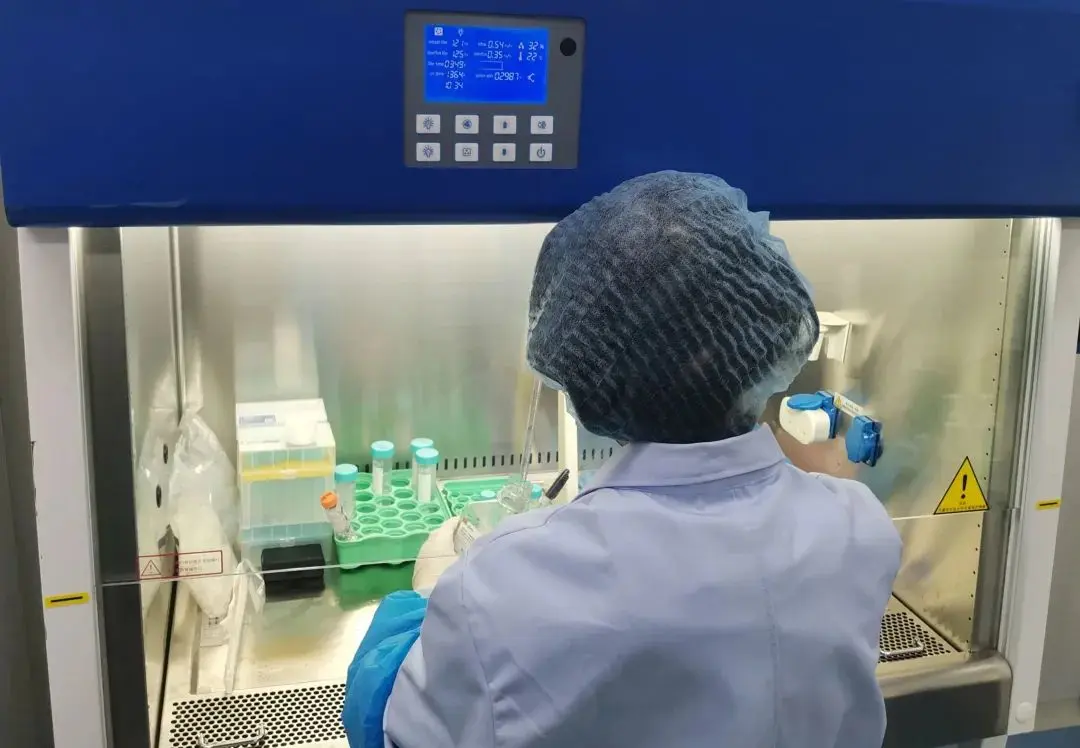
ISO 10993-23 Irritation Testing Laboratory
As the medical device industry faces increasingly stringent biocompatibility requirements, the ISO 10993 series has become a key reference in product development and regULatory submissions. Among them, iso 10993-23 specifically addresses irritation testing. Today, China-based JJR Laboratory will walk you through the key elements and practical strategies related to this standard.

What is Irritation Testing?
Irritation testing aims to assess whether materials or products used in medical devices may cause adverse reactions in the skin, eyes, or mucosal tissues. According to the ISO 10993-23 standard, the currently available testing methods include:
- Intracutaneous Irritation Testing
- Primary Irritation Testing
- Tissue-Specific Irritation Testing (e.g., oral, ocular, vaginal)
- In Vitro Methods (Reconstructed Human Epidermis model – RhE)
Detailed Overview of Irritation Test Types
1. Intracutaneous Irritation Testing
This is a highly sensitive method suitable for most types of device-to-body contact. It typically uses samples extracted in accordance with ISO 10993-12.
Note: If a material is consideRED irritating to the skin, eyes, or mucosa in preliminary testing, or if its pH is below 2.0 or above 11.5, intracutaneous testing should be avoided. In such cases, consider comparing with a predicate device or providing a risk-benefit assessment in a De Novo or PMA submission.
Example: Dermal fillers for subcutaneous injection can be directly injected for testing.
2. Primary Irritation Testing
Also known as direct skin contact testing, this method applies to products that only contact intact skin, such as bandages or dressings. The sample or extract is applied directly to the skin of a test animal.
Reminder: For long-term contact products (>24 hours), repeated exposure testing is recommended. Also, keep in mind the definition of “intact skin” — in certain populations (e.g., elderly, infants, diabetics, or those with skin conditions), skin barrier function may be impaired even without visible wounds.
3. Tissue-Specific Irritation Testing
Products that come into direct contact with specific tissues—such as the eyes, mouth, or vagina—may require dedicated irritation tests for those tissues.
Examples include:
- Oral irritation: Dental adhesives, mouthwashes, mouthguards
- Ocular irritation: Contact lenses, ophthalMIC implants
- Vaginal irritation: Catheters, lubricants, condoms
These tests can often replace intracutaneous testing. However, if a product contacts multiple tissue types, both intracutaneous and tissue-specific tests may be necessary.
4. In Vitro Reconstructed Human Epidermis Model (RhE)
This emerging method avoids animal testing but has not yet been officially recognized by the FDA as a standard approach for medical device irritation testing.
�� Recommendation: Companies wishing to avoid animal testing should consider submitting a Pre-Submission to the FDA to discuss how to demonstrate the effectiveness of such in vitro methods.
ISO 10993-23 is a vital component of biocompatibility assessment for medical devices. Appropriate irritation testing methods should be selected based on the device’s type of body contact, duration of exposure, and the target patient population. If you need to perform ISO 10993-related tests, please contact JJR Laboratory.
Email:hello@jjrlab.com
Write your message here and send it to us
 What Are the Testing Items of California Propositi
What Are the Testing Items of California Propositi
 E-Cigarette EU TPD Testing
E-Cigarette EU TPD Testing
 Testing Certification for E-cigarettes Exported to
Testing Certification for E-cigarettes Exported to
 What is Amazon US CPC Certification?
What is Amazon US CPC Certification?
 UK Toy Safety Regulation Standard EN 71-13
UK Toy Safety Regulation Standard EN 71-13
 What is EU UFI Registration?
What is EU UFI Registration?
 EU UFI Registration for E-cigarette E-liquid
EU UFI Registration for E-cigarette E-liquid
 How to get the MSDS Report for Electronic Cigarett
How to get the MSDS Report for Electronic Cigarett
Leave us a message
24-hour online customer service at any time to respond, so that you worry!




